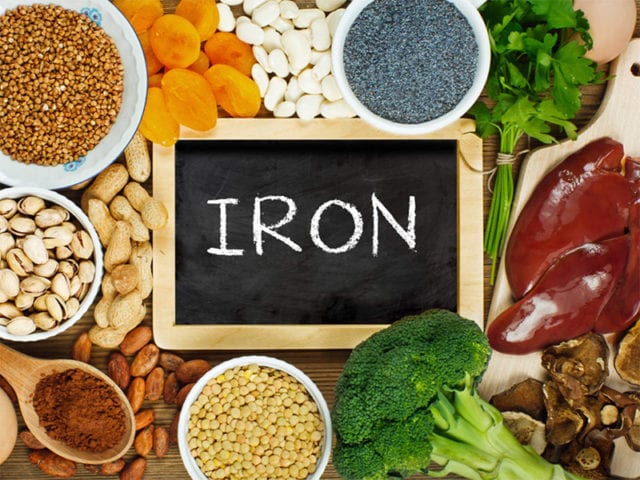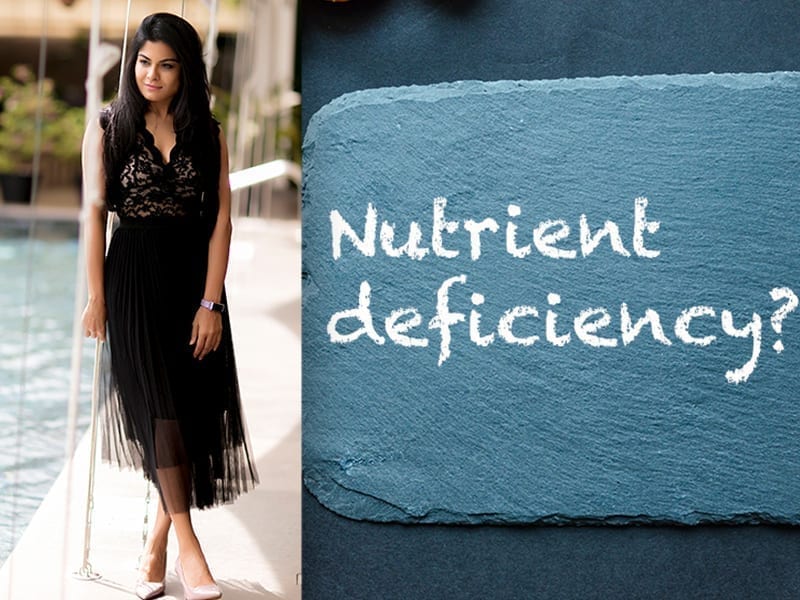How do you know If you have a nutrient deficiency?
Do you have cracked lips? You may be deficient in vitamin B2, B3 and B6!
Swollen ankles? Unexplained hair loss? Dry skin?
Perhaps something is missing.
We need vitamins, minerals and other compounds such as phytonutrients (we get this from plants) to be healthy. Since we need much less of these compared to the Macronutrients protein, carbs and fats these are called Micronutrients.
We do however need them in the right amounts. If we don’t get enough they often result in puzzling, chronic health issues. Like that unexplained tingling in your feet.
One of the biggest issues of our time is that healthy-looking individuals are chronically deficient in nutrients. It is assumed that nearly 7 in 10 Indians are nutrient deficient. We all have different requirements or deficiencies based on our lifestyles. We need to get vitamins and minerals from the food we eat because we can’t make most of these ourselves.
Luckily these are easily available in “Real Foods”.
Let’s look at some of the most common deficiencies in Indian women and what you can include today to help you fix it.
Iron

This is the leading deficiency in the world and directly impacts our immunity levels. Women need more iron during menstruation and pregnancy.
Dietary iron comes from 2 sources
Heme iron – from meat-based sources. This form is absorbed easier.
Non-heme iron – from plant-based sources. Vegetarian women whose diet is predominantly grain-based may not absorb iron even when eating iron-rich plant foods!
Vegetarians should try to include a variety of lentils (dals) legumes (chola, channa, rajma), dark leafy greens, whole grains (brown rice, millets, quinoa, amaranth, whole wheat), seeds (especially pumpkin, sunflower, and sesame seeds). Pair this with foods rich in vitamin C to increase the absorption of iron. This is as simple as adding bell peppers with millets or lime juice in a quinoa salad.
A vitamin A deficiency can intensify an iron deficiency. Think of it as a complex puzzle, where everything needs to fit together. For vitamin A, ensure you eat a number of oranges, red and yellow vegetables often. Carrots, pumpkin, squash, beetroot, capsicum are all easily available, all you need to do is start eating them.
Vitamin B
Majority of Indians are vitamin B deficient while the most common is a vitamin B12 and folate deficiency, this also might be because the others aren’t checked as much.
Think of the human body as a cog of wheels working hand in hand, cog to cog forever. Something as simple as folate (folic acid is the synthetic version) is required to break down and use vitamin B12 and C.
Most of our vitamin B12 comes from non-plant based sources like meats, eggs and dairy making vegetarians and vegans more susceptible to deficiencies. There are some people who are unable to absorb Vitamin B12 from food sources.
If you do not see your vitamin B12 stabilise post supplementation, please check with your medical practitioner for alternate options like sublingual tablets or injections.
As Indians, we do not eat meat as regularly as the western world. We must try including a portion of curd daily along with lentils, legumes and whole grains daily. Adding spinach and mushrooms and other leafy greens at least 3 times a week will help maintain levels (if not already deficient).
Vitamin D
Nearly all the vitamin D we need comes from the sun. It is one of the key nutrients, the body cannot make. It helps regulate glucose tolerance, the immune system, blood pressure, and is also essential for bone health. However, external supplementation must be prescribed to you by a doctor, post testing your levels. This is one of those vitamins you don’t want to self prescribe as it can interfere with certain medicines and toxicity (overconsumption from supplements) can cause a number of other health issues.
Very few food sources provide vitamin D and you will need to eat them regularly.
Fish (salmon, mackerel, sardines, tuna have been found to have higher quantities than others), egg yolks, mushrooms, shrimp, and fortified dairy products can help keep levels stable when consumed regularly. Try to spend at least 20 minutes in the sun a day. A simple walk outdoors will do.
Calcium
The most important mineral but do we get enough?
Calcium levels are regulated by complex interactions with other hormones, vitamin D and bone cells to name a few. We need it for muscle contractions, hormone secretion, forming teeth, bones, and more.
Try getting in dark leafy greens at least 3 times a week, dairy even in the form of curd, legumes (kidney beans, soybeans, chickpeas), sesame seeds, okra (bhindi), tofu, fish (sardines, perch, trout, etc.), and calcium-fortified foods.
Again like everything, opt for natural food sources. If you are post-menopause or over 40, it’s recommended to discuss this with your doctor.
Zinc
Zinc from animal sources is usually more bio available than plant sources. The zinc in plant sources is not as easily broken down. Since zinc is responsible for growth and development, immunity, reproduction, and many more critical cell functions, we need to ensure we get enough. Little known but also one of the more common reasons for hair loss.
This is simple to get from real foods including lentils and legumes, nuts and seeds, whole grains (especially quinoa, and rye), mushrooms, eggs, and animal sources.
Even though we need micro amounts of these nutrients, they are essential for the optimal functioning of the human body. A deficiency is sometimes referred to as “hidden hunger” as it can affect everything from your ability to learn or retain information, to levels of productivity.
On a more aesthetic level, it could be the frustrating hidden cause of your hair loss, dry or patchy skin, acne or just those swollen ankles. Most micronutrients are abundantly available in natural food sources (apart from vitamin D) getting a variety of different coloured fruits and vegetables, varying the lentils and legumes you eat and even cycling the grains you consume will expose you to a variety of nutrients each of these foods offer. Focus on getting in at least 2 cups of vegetables a day, 2 seasonal fruits, dark leafy greens at least 3 times a week.
I always suggest you consume your nutrients through food. Before popping any highly marketed pills on social media for their claims of instant hair and skin rejuvenation, speak to your doctor. Supplementation might be necessary in extreme cases of deficiency, however, ‘real food’ has been found to be the primary and most effective source for absorption and long term health.
Written & Edited by Simrun Chopra
After battling PCOS to weight-gain & depression to endometriosis, Simrun Chopra founded Nourish with SIM as a solution to her own problems. She is a certified nutritionist who believes in switching the approach to regular food & creating a sustainable workout routine. With meal plans & training programs developed by world-class fitness experts, she helps women feel like their best selves.

